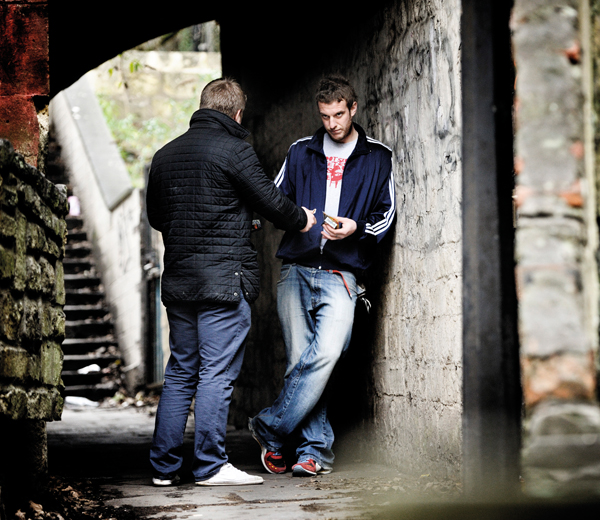Counterfeit alcohol and tobacco are increasingly proving to be a threat to the livelihoods of local retailers. A new report by PwC shows just how widespread fake goods are in the UK and why consumers think it’s an acceptable practice.
By Kevin Scott
In late October, just as UK retail began to brace itself for Christmas, global powerhouse PwC published a report titled ‘Counterfeit Goods in the UK, who is buying what, and why?’ As titles go, it’s not overly snappy, but it does detail a huge industry in fake and counterfeit products. Many of these are FMCG products like those sold on convenience store shelves across the country, and for that reason it’s important to look at trends in counterfeiting and know exactly what the general public’s (who are your customers after all) thinking is when it comes to fake goods.
The report opens by asking if fake goods have gone mainstream. The short answer would appear to be yes. 42% of respondents to the survey said they sometimes bought fake films and music, 41% sometimes bought fake clothing, and incredibly 16% admitted to buying fake medicines. While none of the above is relevant to all but the most diversified convenience retailers, the survey also found that 18% of the population had bought counterfeit alcohol and 13% had bought counterfeit cigarettes.
These staggering results are all the more remarkable when you consider that 90% of those surveyed said they believed counterfeiting was “morally wrong”. But the problem goes way beyond moral abhorrence. As the report says: “The number of respondents that have bought counterfeit alcohol and tobacco is particularly alarming given the obvious health risks of ingesting/consuming these products.” When the survey breaks down the results by age bracket, it becomes apparent that younger people are more likely to buy fake goods. 28% of 18-34 year-olds have sometimes bought counterfeit alcohol, compared with 14% of over 35s.
Likewise, cigarettes sees a 19%/11% split. Helpfully the survey also analyses a regional split, and Scotland manages to comes out on top (though our population is far from innocent) in every single category. Perhaps unsurprisingly, when it comes to the big question of why anyone buys counterfeit products, price and quality factors come out on top, including ‘unaware the product is counterfeit’ (because the guy in the pub with the black sports bag usually has the real deal?), ‘genuine products are overpriced’, ‘can’t afford the real thing’ and ‘counterfeit “does the job”.’ While the report acknowledges that the results point to an acceptance that fake goods will be inferior in nature, it adds that 4% think counterfeiting is a ‘victimless crime’. This highlights just how big a job police, Trading Standards and HMRC have on their hands.
When it comes to looking at what would put people off buying counterfeit goods, 75% mentioned safety concerns and 66% mentioned moral and ethical concerns. Being caught was only cited in 35% of respondents, with 84% admitting they didn’t know the penalties. Of great concern to retailers is the fact that 81% of respondents said that counterfeit cigarettes were ‘very easy/easy’ to find. That dropped to 70% for alcohol, but both numbers are significant.
Markets were cited as popular shopping spots for fake goods with 45% of fake alcohol and 43% of fake cigarettes bought in markets. While there was a significant proportion of purchases made online (16% and 14% respectively), ‘abroad’ was cited in 39% of alcohol sales and 44% of cigarettes. The report reveals a real problem with counterfeiting in Britain, and a real threat to businesses. It’s incredibly important that retailers make authorities aware of anything that makes them suspicious. This is not a fight that will end with a knock-out blow. It will continue for the foreseeable future and retailers must remain vigilant and never think that their information isn’t important.





